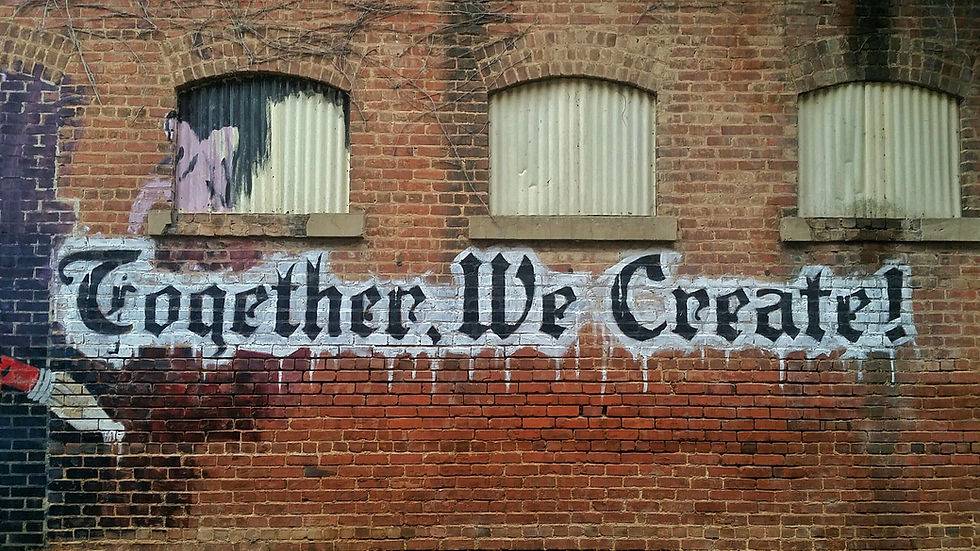The Cinematography of Neo-Noir Films: Crafting Shadows and Atmosphere
- EncorePartner
- Oct 9, 2023
- 3 min read

In the vast and diverse landscape of filmmaking, one genre stands out for its unique visual and thematic qualities: neo-noir. Neo-noir films are a modern interpretation of the classic film noir style that emerged in the mid-20th century. They are characterized by their dark, moody atmosphere, morally ambiguous characters, and intricate plots. One of the key elements that define neo-noir cinema is its distinct cinematography, which plays a crucial role in creating the mysterious and suspenseful ambiance that audiences associate with the genre.
In this blog post, we will delve into the world of neo-noir cinematography, exploring the techniques, lighting, and visual elements that cinematographers use to craft the signature look and feel of these films.
1. The Play of Shadows
Neo-noir films are renowned for their dramatic use of shadows and chiaroscuro lighting. Cinematographers in this genre often employ high-contrast lighting to create deep shadows and sharp highlights. This technique not only adds visual intrigue but also serves to emphasize the moral ambiguity and psychological complexity of the characters. Shadows can conceal and reveal, hinting at the hidden motives and secrets that drive the narrative.
2. Low-Key Lighting
Low-key lighting is a fundamental aspect of neo-noir cinematography. It involves using minimal, controlled lighting to create a high-contrast image with dark, brooding areas. This technique heightens the sense of mystery and danger in the film, making it a perfect fit for the genre's themes of crime and deception.
3. Urban Landscapes
Neo-noir films often unfold against gritty urban backdrops. Cinematographers capture the urban landscape with a particular focus on its dark alleyways, rain-soaked streets, and neon-lit signs. These settings not only establish a sense of place but also contribute to the genre's unique visual identity.
4. Use of Color
While neo-noir films are predominantly known for their black-and-white aesthetics, many modern examples incorporate color in inventive ways. The selective use of color can draw attention to specific elements within a scene, such as a red dress or a green neon sign, emphasizing their significance within the narrative.
5. Composition and Framing
The composition of shots in neo-noir films is often meticulous and deliberate. Cinematographers make extensive use of framing techniques, such as Dutch angles and extreme close-ups, to create a sense of unease and disorientation. These unconventional framing choices mirror the moral ambiguity of the characters and the complexity of the story.
6. Long Takes and Tracking Shots
Some neo-noir films employ long takes and tracking shots to immerse the viewer in the narrative and maintain a constant sense of tension. These elaborate camera movements can be technically challenging but are effective in conveying the intricate and interconnected nature of the plot.
7. Lens Choice and Depth of Field
Cinematographers in neo-noir often use prime lenses with wide apertures to achieve a shallow depth of field. This technique isolates characters or objects in the frame, directing the viewer's attention and reinforcing the sense of isolation and moral ambiguity.
Conclusion
The cinematography of neo-noir films is an art form in itself, carefully crafted to enhance the genre's thematic elements. From the interplay of light and shadow to the use of urban landscapes and unconventional framing, cinematographers in this niche bring a unique visual language to the screen. Neo-noir's dark and brooding aesthetic serves as a testament to the genre's enduring appeal and its ability to captivate audiences with its atmosphere of mystery and moral ambiguity. As filmmakers continue to explore and reinvent the neo-noir style, we can expect to see even more innovative approaches to cinematography in this fascinating niche of the film industry.


Comments